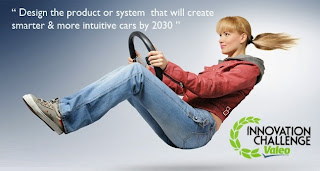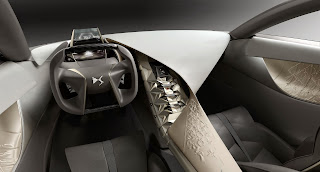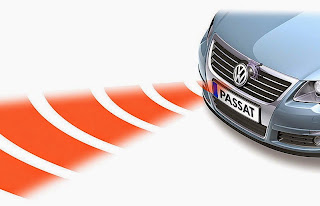Car Easy Apps : the PSA approach for the connected car

Designed by PSA, Car Easy Apps is a software platform enabling software publishers to design an ecosystem of smartphone apps that can interact in complete security with vehicles and bring motorists all-new services. The application programming interface (API) enables independent developers to design apps compatible with all mobile handset operating systems (iOS, Android, BlackBerry, Windows Phone). It also includes a simulator for testing the compatibility of the apps with vehicles and reproducing on-road driving conditions.












